State
Tribe Name
Art Type
short description
In terms of festivals, handloom creations and cane-bamboo crafts, Apatani culture is as much vibrant as it is vast. The tribe celebrates two major festivals, the Dree and Myoko, both of which are seamlessly interwoven into their agricultural and social lives. The Dree Festival is celebrated in July with a design of prayers and rituals for a bountiful harvest and prosperity for the people. The Myoko festival is a celebration of inter-village friendship held in March, reinforcing their links to the neighbor villages. The tribe also has its own tradition of the village council system called bulyaṇ, which plays an important role in maintaining social harmony and the conduct of cultural practices, thus ensuring continuity of the way of life.
Thumbnail
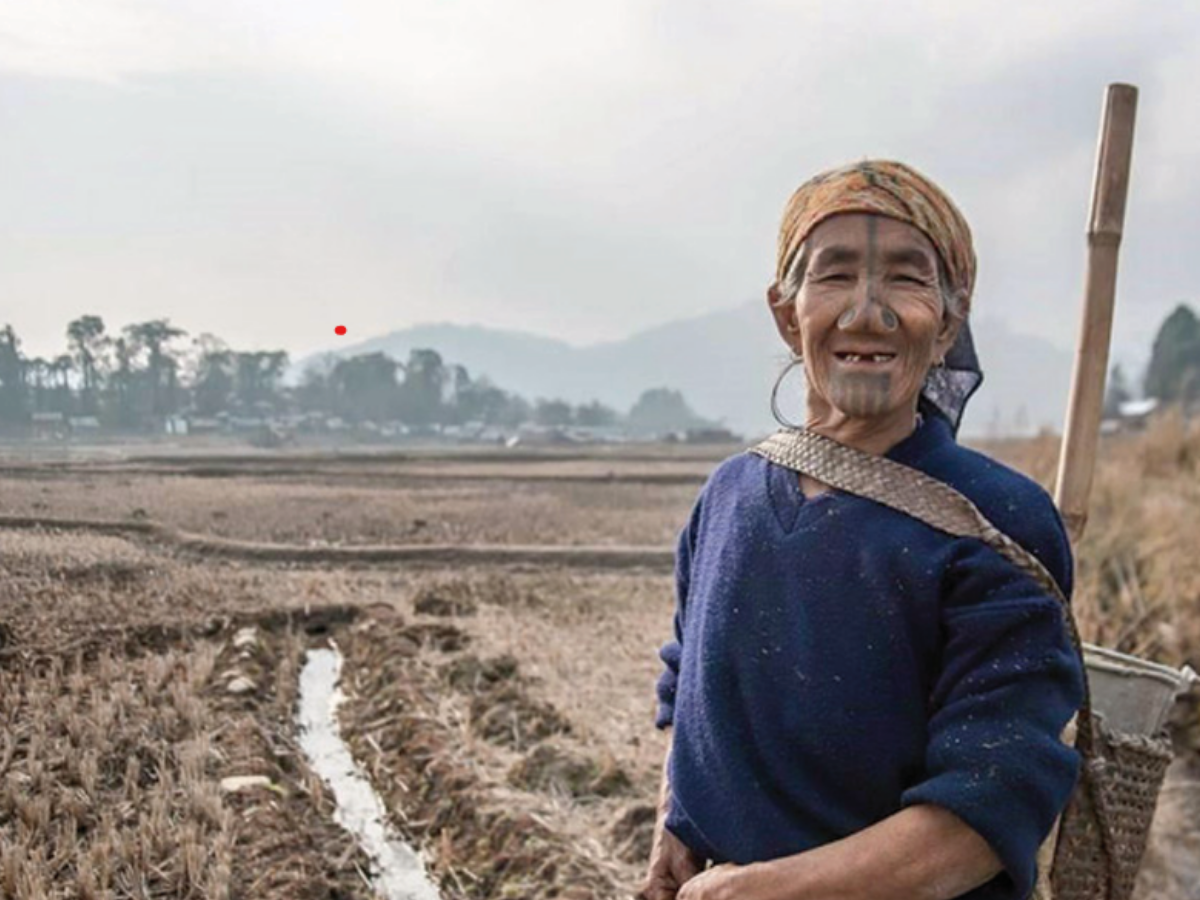
Filter Postion
Left
Filter Background
Off
Theme
Filter Header Image
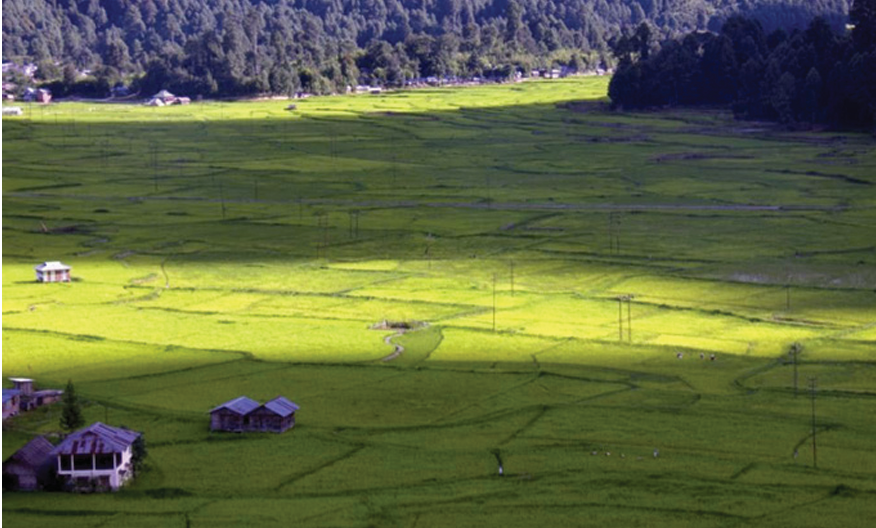
content
Image
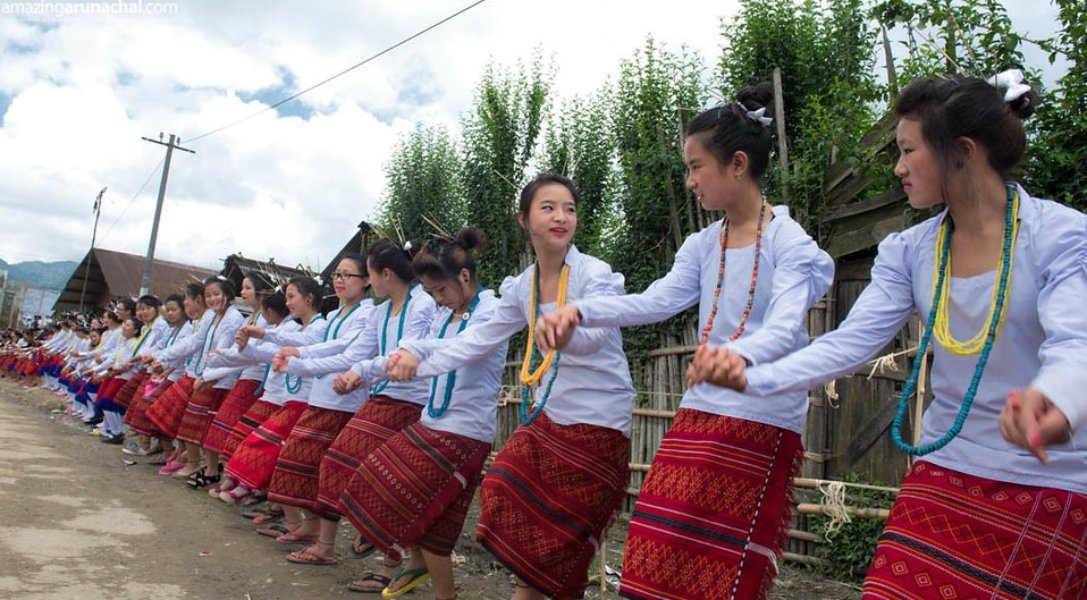
description
In terms of festivals, handloom creations and cane-bamboo crafts, Apatani culture is as much vibrant as it is vast. The tribe celebrates two major festivals, the Dree and Myoko, both of which are seamlessly interwoven into their agricultural and social lives. The Dree Festival is celebrated in July with a design of prayers and rituals for a bountiful harvest and prosperity for the people. The Myoko festival is a celebration of inter-village friendship held in March, reinforcing their links to the neighbor villages. The tribe also has its own tradition of the village council system called bulyaṇ, which plays an important role in maintaining social harmony and the conduct of cultural practices, thus ensuring continuity of the way of life.
Image Mode
landscape
Image
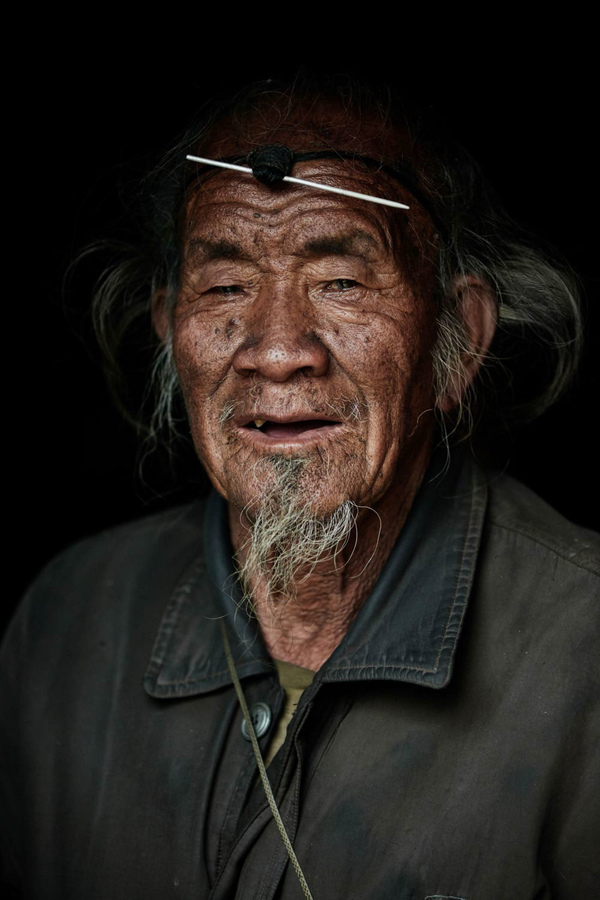
description
It is an area in the eastern Himalayas primarily populated by the Ziro Valley of Arunachal Pradesh's Lower Subansiri region Predominantly, the Apatani tribe, known as Tanw/Tanii, is one of the major tribes here. The Apatanis are known for their unique agricultural practices, a rich culture, and sustainability.
Image Mode
portrait
Image
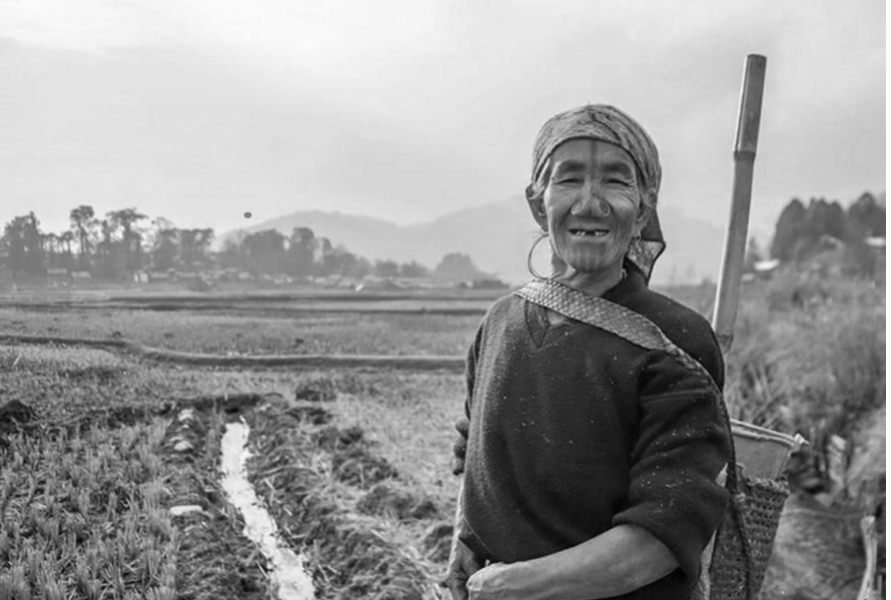
description
Apart from the aforementioned, the people of Apatani also practice this very distinctive form of agriculture called paddy-cum -fish cultivation, i.e., growing rice and fish together in the same fields, which makes it environmentally friendly and has low input. They also engage in making bamboo and pine plantations in the surrounding hills. Also, agriculture is mostly practiced through traditional means, without the use of modern machinery. Thus, practices are more refined, sustainable, and eco-friendly.
Image Mode
landscape
Image
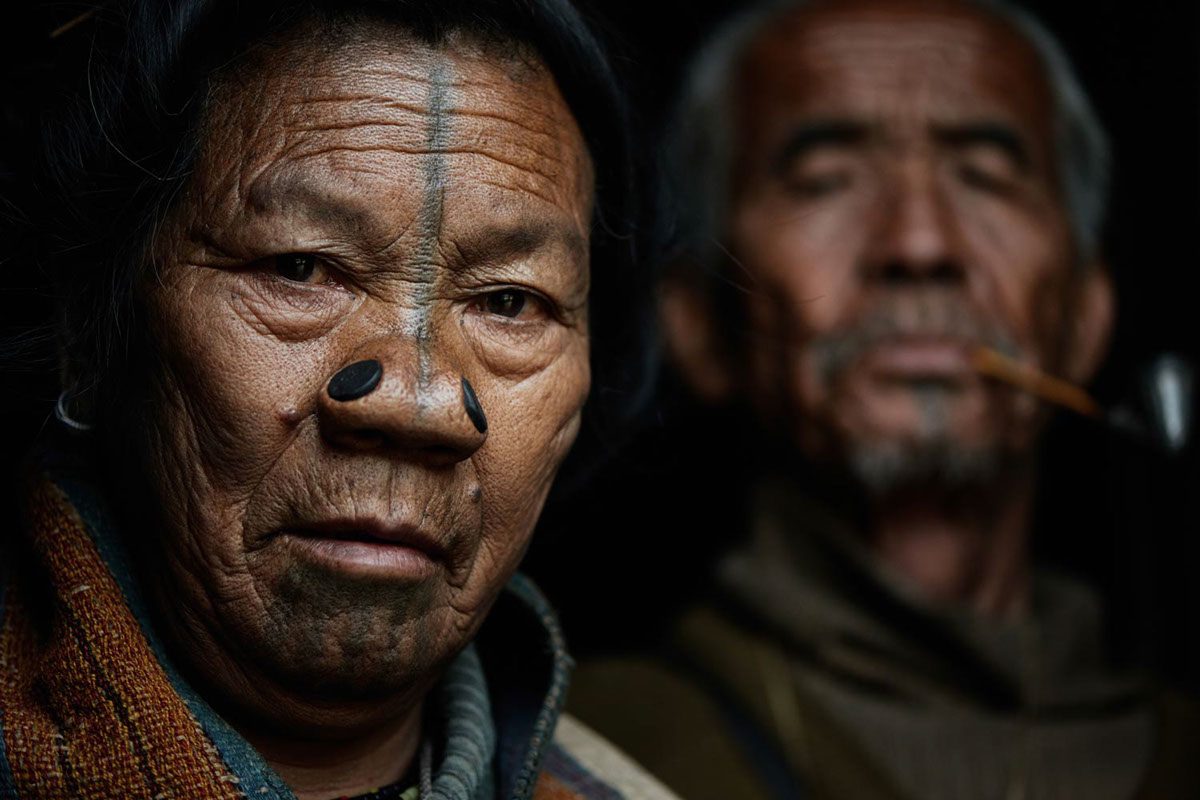
description
Lack of modern infrastructure and economic opportunities is one among many that have bestowed tedious challenges on the Apatanis. The siting of the Ziro Valley renders the Apatanis away from accessing essential services and markets. More so, there has been a tendency for the younger population to migrate to urban areas for better education and, thus, the resultant threat on traditional practices and knowledge.
Image Mode
landscape
Image
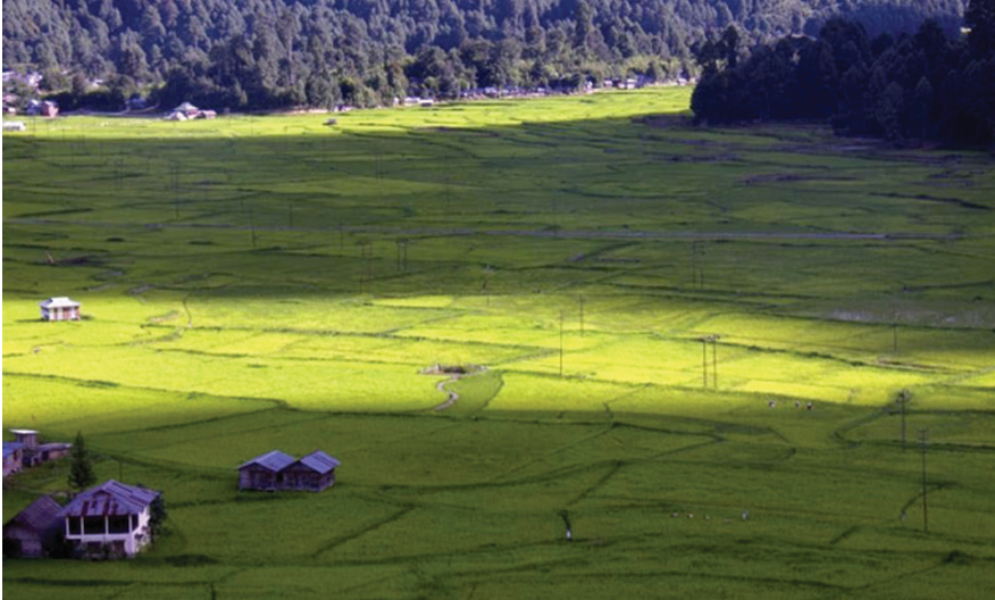
description
The Apatanis have been striving much towards keeping their traditions alive and sustaining their environment. Their integrated rice-fish culture method is one outstanding example of sustainable agriculture. They apply organic fertilization to their fields from household wastes, animal excreta, and grow nitrogen-fixing plants such as azolla and lemna in the field water. The community also adopts social forestry by maintaining bamboo and pine plantations that add up to maintaining ecological balance. To add on, UNESCO has put forward to list the Apatani Valley as a World Heritage Site for its unique and sustainable mechanism of preservation of ecology.
Image Mode
landscape
promoted
On
Verified
On
